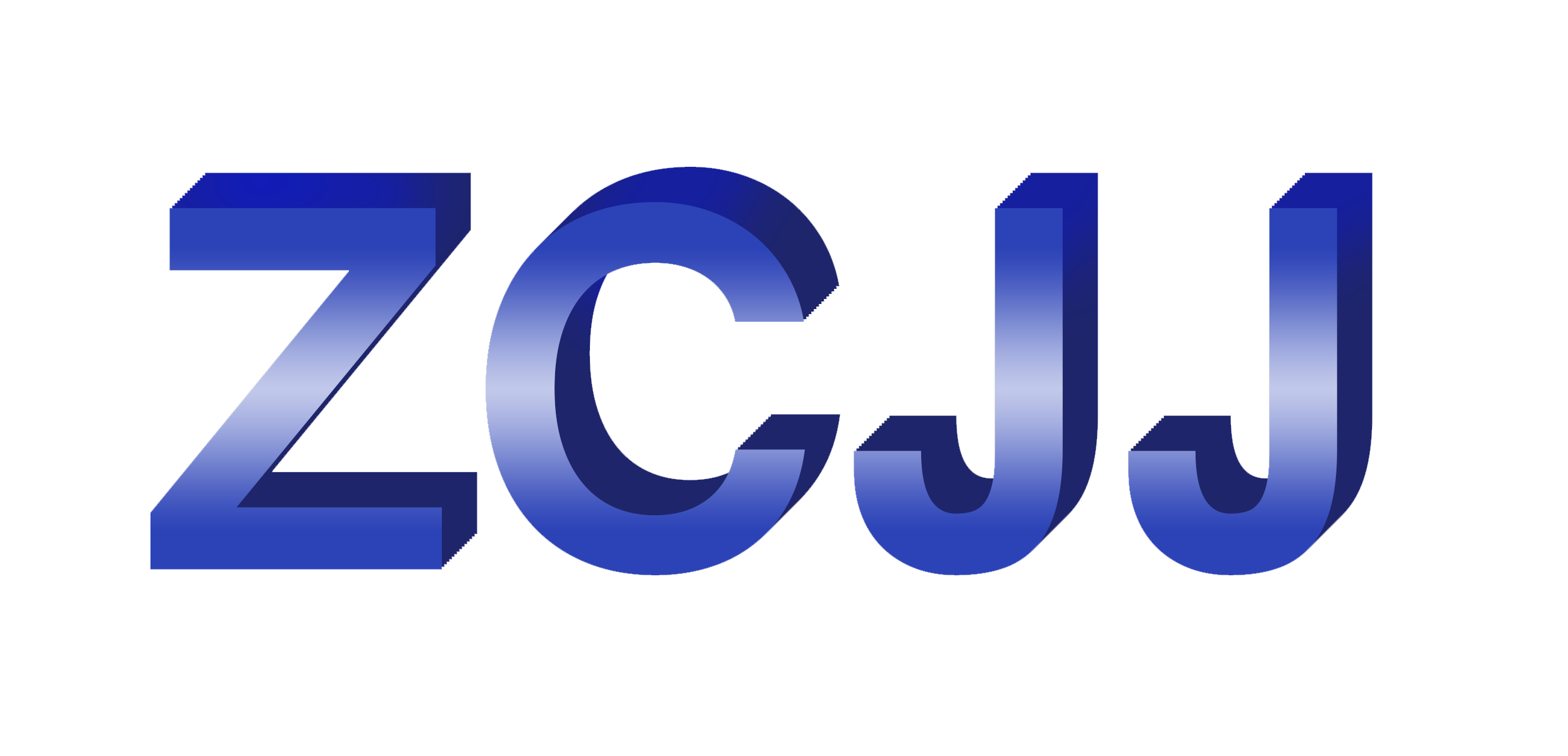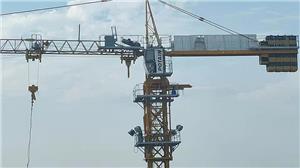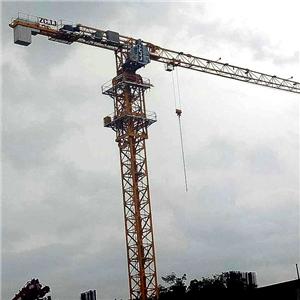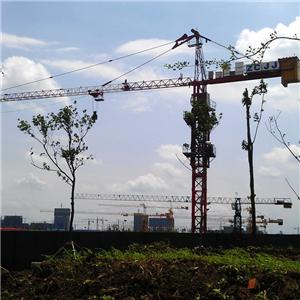Risk Factors and Control of Metal Structure Connections and Upwelling Process of Tower crane Suspension
Tower crane is a large mechanical equipment, its operational safety can not be underestimated. The current tower hoists are mostly fixed models, and they are frequently demolished. There are many sources of danger in the installation and demolition of Tower hoists, such as foundation, installation site, and large lifting, etc.. All parts of the installation process must be strictly follow the operating rules. operation. This paper focuses on the control of the metal structure connection and the risk source of the lifting process.
1. Metal structural connection of the tower crane
There are usually two ways to connect the metal structure of the tower crane, namely high-strength bolt connection and pin shaft connection. The high strength bolt connection of the tower crane is based on friction to transfer the internal force of the structure. The connection surface is required to be clean and has a high friction coefficient. The tightening moment value is very important, especially the pre-tightening moment. The purpose of pre-tightening is to enhance the reliability and tightness of the connection to prevent gaps or relative slippage in the connection after loading to ensure the final installation quality. The following should be noted in the installation of high-strength bolts:
(1) The pre-tightening torque of high-strength bolts is specified in the tower crane design. In order to meet the design requirements, the pre-tightening moment value of high-strength bolts must be determined and a special torque wrench must be used before the tower crane is installed.
(2) Prior to installation, dirt and rust on gaskets, bolts, nuts and wire fasteners should be removed and a small amount of grease should be applied evenly to the screw fasteners. Do not use bolts that are not straight at the bar and gaskets, bolts and nuts with rust damage and wire buckle damage.
(3) Before the bolt is penetrated into the fastened structure, the connecting parts should be cleaned and can not be forced into the bolt. Take effective measures to prevent wet air, water, etc. from entering the joint to ensure that the connection is dry friction and non-rust.
(4) Tighten the nut when tightening the bolt. Bolting is only allowed when it is necessary: the same part should be made of high-strength bolts of the same specification and can not be used in combination with bolts of other specifications; Normal bolts and nuts can not be used instead of high-strength bolts and nuts for connecting pairs; In our country construction machinery and equipment industry standard "high strength fastener technical condition", the requirement is to check pretightening moment against loose, after the first installation use 100h should be generally uniform check tightening, after every work 500H should be checked once. In particular, high-strength bolts and nuts that have been removed after use are generally not allowed to be re-used.
2. Rotation connection of the tower crane
Many of the connections of the tower crane members are connected by shears, which mainly bear shear force. However, in practical use, due to the effects of starting, braking, and swinging of the working mechanisms, axial movement often occurs, so axial fixation is a problem that can not be ignored. In the lifting operation of the tower, special attention should be paid to the axial fixation of the connection shaft, and it is not possible to replace the horizontal pin of the original design with a small size opening pin or even wire. After a few years of operation, the tower is easy to wear or fall off, making it possible for the pin shaft to fall off to the inside, resulting in a folding arm accident.
3. The lifting process of the tower
The tower hoist in the construction market generally adopts hydraulic lifting method. The lifting process is an important installation step of the tower crane, and it is also a dangerous work in the installation. The accident rate is higher during the installation process. The safety rules must be observed during the ascent process. The following issues should be noted during the ascent process:
(1) Prior to the establishment of a feasible overhead plan, the installation personnel should be technically completed before each ascent, and the installation command personnel must have the relevant technical documents and safety control points in the overhead link.
(2) Inspection work prior to ascension. First check the working conditions of the top lift hydraulic unit, the hydraulic line must be fully exhaust, oil and liquid to maintain sufficient, the joint connection is reliable. The inlet and outlet can not be connected. When the top rise, the hydraulic system oil pressure is too high, the top rise resistance is much larger than the design value, not only easy to damage the hydraulic system, but also may cause major accidents. When the oil pressure is found to be abnormal, it is immediately stopped for inspection, and the risk factors are eliminated and the top rise is continued. During the descent, the return oil must be controlled by a balance valve or a liquid-controlled one-way valve to prevent excessive vibration, impact, and pipeline burst and fall freely; The pressure set by the overflow valve must meet the requirements of the instruction manual. It is too small to lift, and too large an accident may damage the hydraulic system.
(3) Before the top rise, according to the data specified in the manufacturer's manual, the variable size car is driven to a designated location or the car carries the load specified in the manual. Stop at a specified range to ensure the balance of the upper part of the tower crane: If the tower body is not yet connected to the rotary support, the connecting pins and bolts of the sleeve are removed in advance, and the upper member will fall immediately; After the same overhead frame, the tank is retracted without strong support from the tower body. It will also cause the same accident. The tower body is not connected to the rotary support, and the arm frame is not allowed to rotate and start the variable car.
(4) The standard section must connect the tower body with the rotating lower support base according to regulations, and can not rely on the top shelf to withstand the load, so as not to make the frame buckling; The overhead beams, sleeves, and towers must be firm. After the frame is lifted, the top of the tower and the tower body are only connected by more fragile racks. The installation can not be stopped halfway to avoid buckling and breaking in the event of strong winds.
(5) The overhead process shall be directed by a special person, the hydraulic unit shall be operated by a special person, and the connection shall be secured by a special person. No ascent shall take place at night. Notice whether the cable relaxation length meets the need and check that the cable is moving with or without gridlock. Wind speed exceeds level 5, regardless of the wind direction, it is forbidden to rise. The overhead operator must concentrate his energy during the overhead process and pay attention to observations. If he encounters a jam or other failure, he must stop checking until the failure is resolved.
(6) after the end of the top lifting, check and tighten the bolt connection or pin connection of the standard section of the tower body; The gap of the guide rail of the top mounting sleeve is readjusted so that the guide wheel is completely out of contact with the main strut of the tower. Check whether the operating handle of the hydraulic unit is dialed back to zero position; Cut off the power of the hydraulic ceiling unit and improve the rainproof cover.
The installation and disassembly of the tower crane is the frequent stage of accidents. Accidents caused by improper demolition occupy a large proportion. In a certain highway construction project, there was a major accident in which the upper structure of the tower crane was turned during the ascent process and caused the tower crane to capsize.
At that time, a QTZ63 tower crane on the site of the construction site carried out the top lifting operation of the tower. When the top rose was connected to the third standard section, the hydraulic top lifting system suffered a motor failure. The operator turned the arm to hoist another one under dangerous conditions. Ready to replace the motor, the tower crane dump the entire machine, A major accident that resulted in the destruction of a person. The main reasons are the improper operation method of Tower top lifting, the error in the handling method when the top lifting system fails, and the rotation of the upper structure when the tower is inverted instead of the normal top lifting position. Therefore, when dismantling, it must strictly comply with the requirements of technical documents, and must not arbitrarily change or take temporary measures to dismantle and install. Moreover, the tower must be demolished by a qualified demolition unit to carry out operations, and at the same time to carry out installation and demolition within the scope of qualification regulations. The demolition personnel must undergo specialized business training, have certain experience in handling and assembling and have a permit for taking up positions.
At the same time, they must have a complete staff of all types of jobs, have clear positions, perform their duties in their respective roles, obey unified command, and set up special demolition plans for demolition and assembly, and arrange special personnel to direct them. Work strictly according to the requirements of the disassembly procedures and instructions. When the wind force exceeds level 4, it must be stopped. When the wind force exceeds level 6, the tower crane must stop lifting operations. If special circumstances really need to work at night, there must be sufficient lighting and must be in accordance with the relevant demolition operation procedures and precautions.




